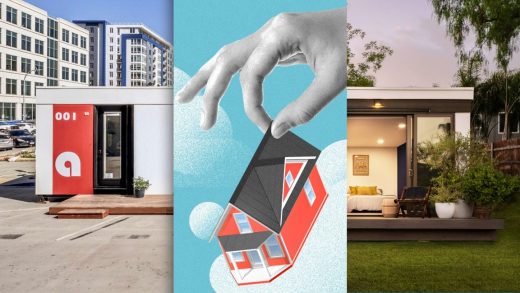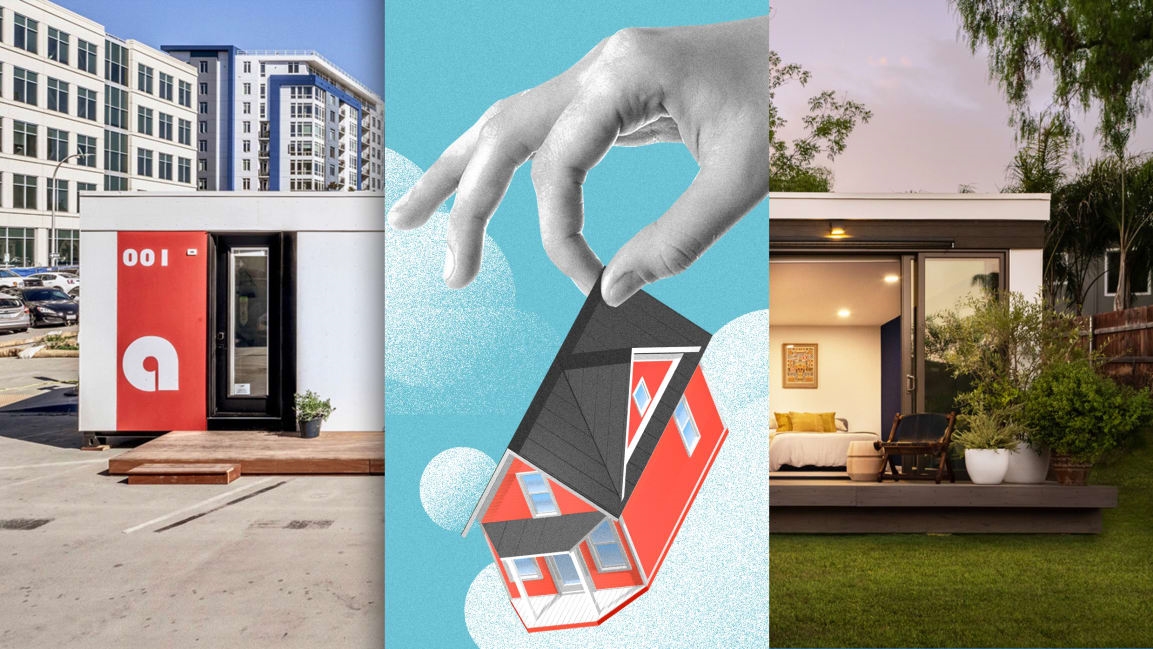How the idea of the tiny house evolved in 2020
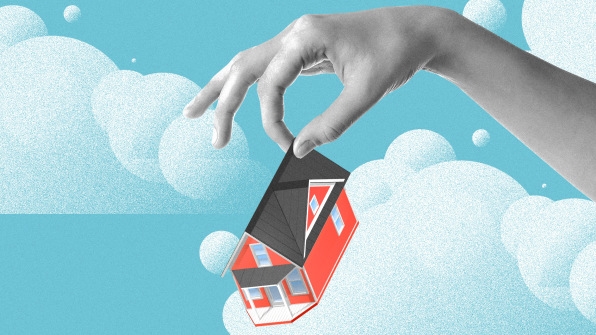
3D printing is making tiny houses faster and cheaper to build
In March, just outside Austin, giant 3D printers squirted out a concrete-like mixture to form the walls of six tiny homes in a small community designed for people who used to be chronically homeless. Icon, the company that designed the technology, is also working with a nonprofit to build a 3D-printed neighborhood for people living in extreme poverty in Mexico. (These houses are roomier than many tiny homes, at 500 square feet.) Ultimately, Icon projects that the tech could cut costs in half and make the homes twice as fast to build as standard construction. Mighty Buildings, another startup, created an innovative process that makes it possible to 3D print more of the shell of a tiny home, including the roof.
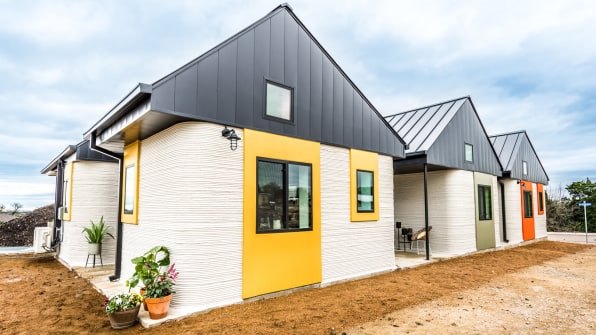
Big cities are starting to legalize tiny homes on wheels
While an increasing number of cities allow homeowners to build tiny homes in backyards or convert garages, a handful of cities are taking the next step: allowing people to legally live in tiny homes on wheels. The wheeled version is far cheaper than building on a foundation, making the houses more accessible to more people; a standard ADU (accessible dwelling unit) in some cities can cost $250,000 to build, while a tiny house on wheels can cost as little as $50,000. Because the homes can easily fit in existing backyards, it’s a simple and quick way to add more housing in areas where a low supply of apartments has driven up rent. San Jose, California, is one of the latest cities to write a new ordinance allowing the homes. In one program in the city, students who are struggling with homelessness are learning how to build the homes themselves and then living in them.
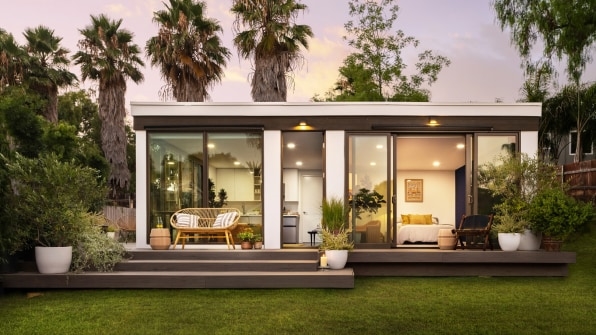
New solutions are proliferating
As designers and entrepreneurs focus more on the challenge of affordable housing, the number of new solutions continues to grow, both in innovative business models and in the designs of homes themselves. Some companies are working on making accessory dwelling units more affordable, such as United Dwelling, an L.A.-based startup that converts garages into apartments for free, and then splits rent with the homeowner. Oby, a new worker-owned coop in the Bay Area, signs contracts with homeowners to rent out backyards in 99-year leases, creating new backyard cottages that will be permanently affordable for low-income workers.
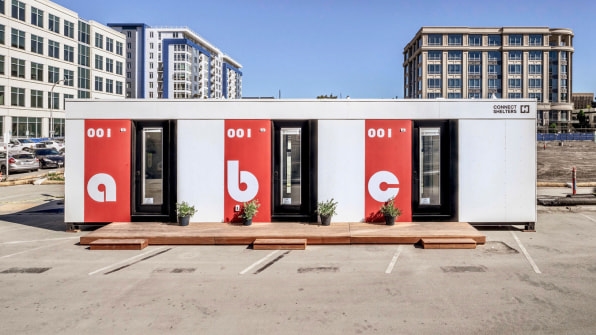
Many architects are redesigning tiny dwellings for people experiencing homelessness or for use in disaster relief. A company called Connect Homes, for example, builds tiny modular shelters in factories, designed to be affordable and easy to deliver on the back of a truck. Like other tiny homes, they can stand in as emergency housing until permanent supportive housing is built. One website that launched this year, the Rapid Shelter Innovation Showcase, includes dozens of other recent designs for emergency shelters, including Boxabl, a 375-square-foot prefab house designed to unfold when it arrives on a site. As COVID-19’s economic impact continues to put more Americans at risk of losing housing—or in need of cheaper housing—tiny houses are likely to continue to grow as part of the solution.
(9)

